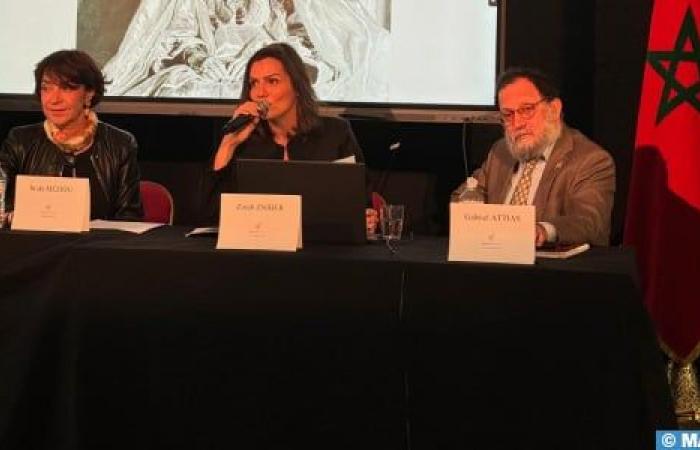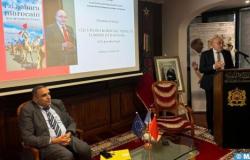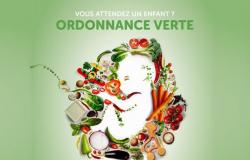
Tuesday, November 19, 2024 at 9:06 p.m.
Strasbourg – “The Golden Ornaments of Morocco: History of women, symbols and love”, a beautiful book by Moroccan writers Zineb Zniber and Tunisian Wafa Méziou, was presented Monday evening in Strasbourg, as part of the Moroccan Weeks in the Alsatian capital.
The 296-page work, published in 2024 by “Reflet de soi” editions, is the result of a treasure hunt for Moroccan jewelry by the two collectors and inveterate enthusiasts of adornments and jewelry. It brings together more than 200 works from private collections and museums, with the aim of taking the reader on a journey through the intimate history of these feminine ceremonial objects passed down over the centuries.
“All these masterpieces of goldsmithing were made by Jewish or Muslim men. All were worn by Jewish or Muslim women. All were natives of this beautiful Moroccan land. All were born of one mother, within the same Motherland. All share this national and universal fraternity,” we read in a presentation of the book.
These social objects, explain the authors, bear witness to the history of a transmission of these private collections like a secret treasure until today, noting that in addition to their artistic aspect, each of these jewels, more enigmatic, is a feminine allegory with its language and messages to interpret.
In a statement to MAP, writer Zineb Zniber expressed her fascination with the captivating world of Moroccan gold jewelry from a young age, noting that “these true works of art evoke all the splendor and heritage of our culture, transmitting from generation to generation timeless stories full of memory and emotion”.
“Driven by an insatiable curiosity, I devoted a lot of time to studying these masterpieces, to unraveling their secrets and understanding the techniques and symbols behind them,” she explained, noting that she also took gemmology courses in order to acquire the scientific skills necessary to be able to identify the precious stones used in each creation and to accurately date these national heritage treasures.
“Today, as an ambassador of this heritage, it is a personal commitment to our history and a promise to preserve our memory for future generations,” she said.
The presentation conference, moderated by the theologian Gabriel Attias, professor of history and civilization at the University of Strasbourg, made it possible to discover some of the most emblematic jewels of the work, witnesses of history and the exceptional craftsmanship of Morocco.
It was also an opportunity to explore not only the splendor of these ornaments, but also the fascinating stories that surround them, the artisanal techniques that shaped them and the intimate emotions they evoke.
The evening program also included a concert of Arab-Andalusian (al-Ala) and Judeo-Arabic (Matrouz) music, orchestrated by master Taha Alami.
The Moroccan Weeks in Strasbourg (October 14-December 11) is a major cultural event that promotes the richness and diversity of Morocco’s cultural heritage, through several of its components, ranging from art history to music tradition, notably Malhoun and Gnaoua, including crafts, literary creation and cinema.
Held jointly by the Consulate General of Morocco and the Alliance française Strasbourg-Europe, under the theme “The Part of the Other”, this event highlights the artistic performances of a host of Moroccan artists, including those from the Moroccan community residing in the French Grand Est region.
The program includes an exhibition on “The Textures of trance: the imaginations of the Gnaouas”, another conference on “The Gnawas at the crossroads of imaginations” and the screening of the film “Coup de Tampon”, in the presence of its director Rachid El Ouali .





